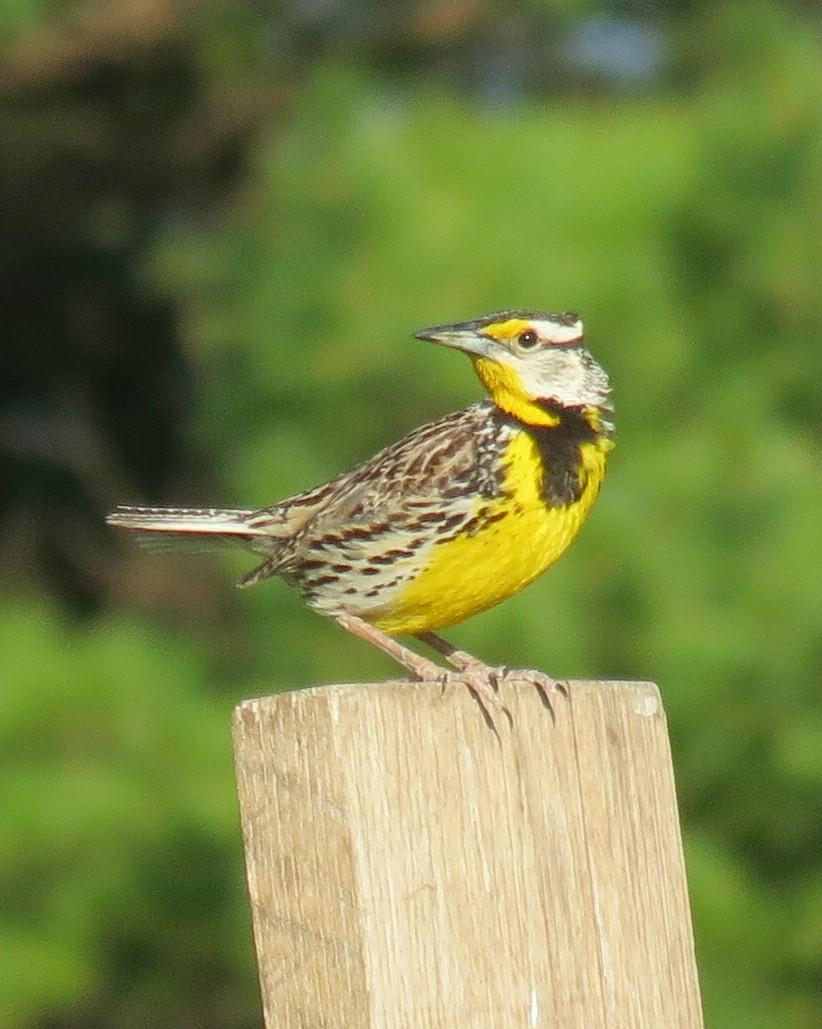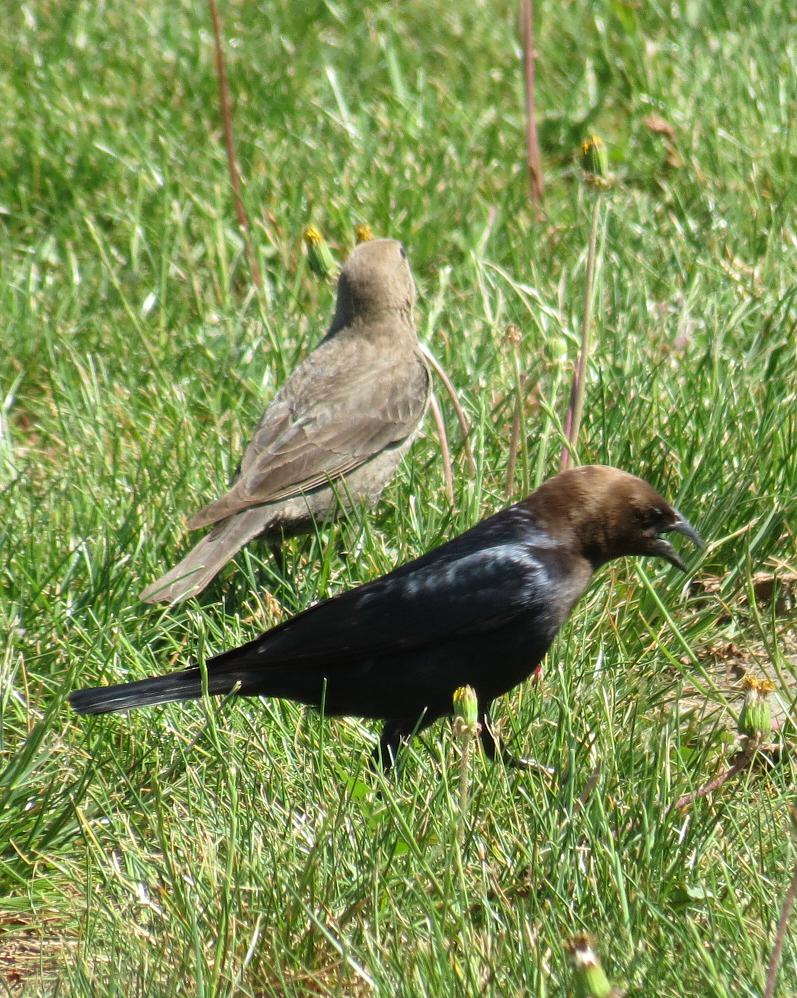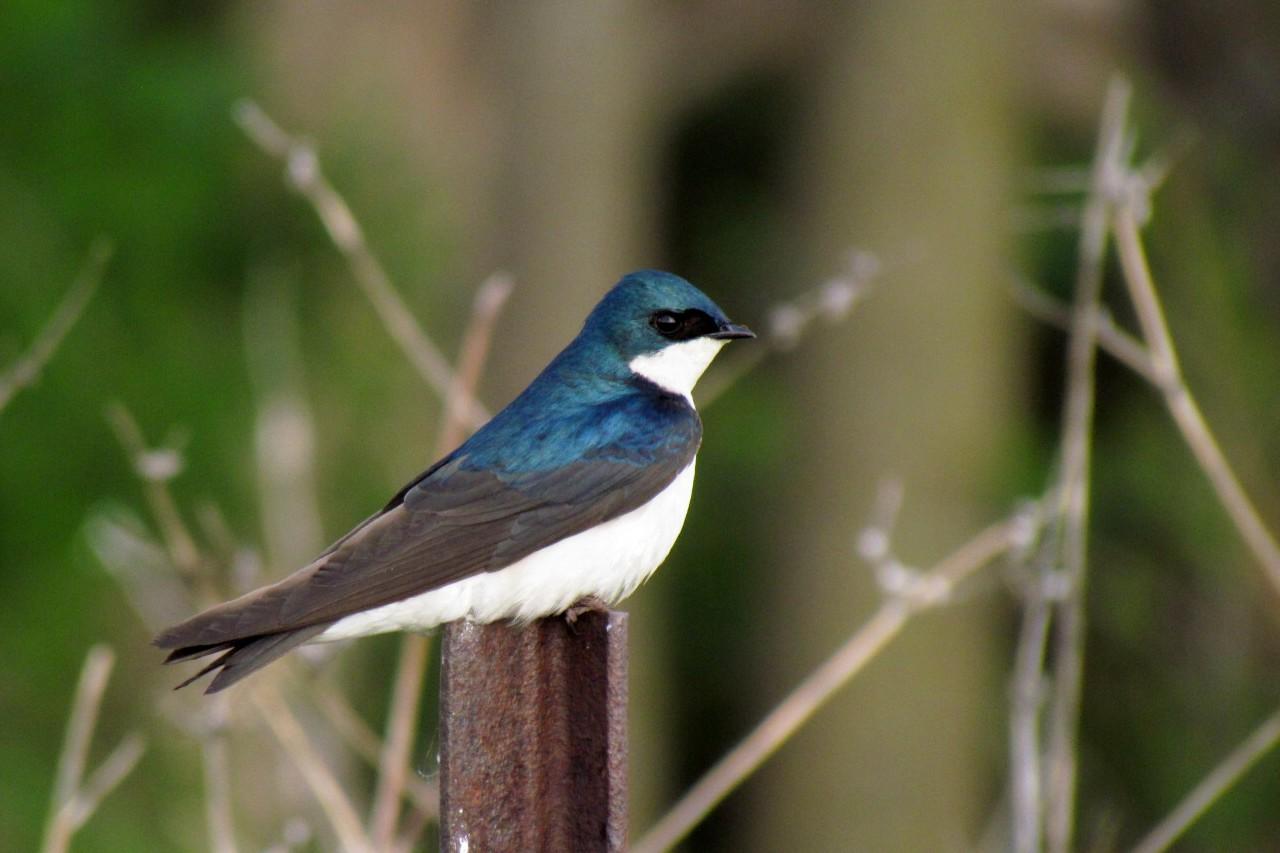
By Ray Harden
I checked my phenology calendar to see what natural events should take place in March. According to the calendar, the chicks of the great horned owls have hatched, red-tailed hawks are building their nests and cardinals are now calling and establishing their territory.
Last week I went to the Voas Nature Area near Minburn and checked the 25 bluebird houses that I monitor to make sure the boxes are ready for this year’s tenants when they arrive this month.
March is a busy time of the year for wildlife, especially the phenomena of migration. This month the spring migration of birds will begin. As it gets warmer, the birds begin to move farther north. Canada geese, robins, killdeer, blue birds, purple martins, and red-winged blackbirds will be seen in our area this month. The smaller songbirds, such as warblers, are the last ones to move north.
As these birds arrive, others will be leaving. Some morning this spring, I know that my bird feeder will not have any juncos or tree sparrows. Just as they mysteriously appeared last fall, they will disappear this spring. They will be going north to their breeding areas in Canada.
The first birds to arrive of any species will be the males. They will be intent on staking out the best territory for feeding and nesting. The adult females will follow, and the last of a species to arrive will be last season’s hatchlings.
The reasons why birds migrate and how they are able to fly thousands of miles is still not completely understood by scientists.
Birds may have begun to develop their patterns of migration during the last ice age as the glaciers advanced and retreated. They had to move south to look for food as winter froze the northern landscape, and then in spring they had to fly north again to look for suitable nesting grounds.
Some birds migrate thousands of miles, such as the arctic tern. It flies twice a year from pole to pole–a round-trip flight of more than 20,000 miles. The American robin moves hundreds of miles from the southern part of the United States to the northern part of the midwest, traveling at a rate of 30 miles per day. The blue-winged teal, our second most common duck, is a faster flyer. It has been recorded flying 122 miles per day along its migration route.
Scientists are studying the methods birds use to navigate on their long journeys. The experiments done indicate that birds use a variety of methods. Some use the sun if they migrate during the day. Other birds migrate by using the stars at night. It has also been proven that some birds have a type of internal compass and use the magnetic field of the earth to navigate.
Another puzzle that science is trying to solve regards the changing migration patterns and the habitat expansion of some birds. For example, some Canada geese are remaining in Iowa all winter if there is open water, and the young from theses geese do not migrate. But other geese continue to have normal migration patterns. There are several species of birds that are moving slowly north and establishing residence in places where they did not live in past years. Examples are the cardinal, tree sparrow, titmouse and great-tailed grackle.
Many scientists believe that these changes in habitat are due to changes in the climate, while others believe it is just an evolutionary change. Scientists continue to do research in order to answer the mysteries of migration.
In the next few weeks look for red-winged blackbirds, grackles, doves and other birds at your feeders that have not been seen for several months. The spring migration begins in March.



















